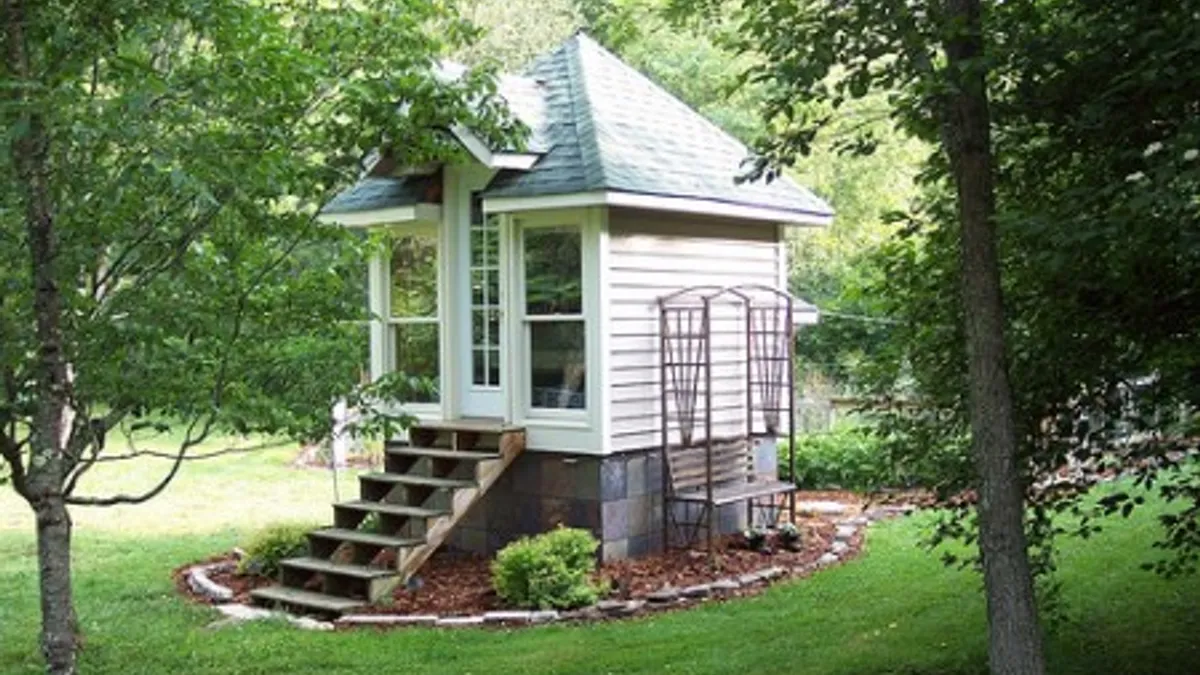Dive Brief:
- Changes to Washington, DC, accessory dwelling unit regulations could make it significantly easier to build a tiny house in the area, The Washington Post reported.
- Once the new zoning goes into effect this September, many homeowners in outlying DC neighborhoods will have the right to build and rent small dwellings, subject to some rules that tiny house advocates say are not "overly restrictive."
- This loosening of the rules will not only benefit homeowners and future tenants but will also alleviate the housing shortage caused by a new 1,000 area residents per month, according to advocates.
Dive Insight:
Even though the new law represents less stringent regulations, tiny houses cannot be more than 35% of the square footage of the primary dwelling on the property. The primary dwellings, which must be owner-occupied, are also subject to requirements of a minimum of 1,200 square feet to 2,000 square feet — a measure dependent on which zone a property is in.
Advocates say the new rules open up a wide variety of possibilities for DC’s rental market, including diversification of single-family neighborhoods and benefits to homeowners — such as a new set of eyes on the property or convenient living space for an au pair or adult child.
The tiny house movement has been making inroads in the U.S. housing market but has failed to establish a mainstream foothold yet. However, rule changes like the one in DC could change that. Architecture firms like R. Michael Cross Design Group are already designing floor plans for the expected wave of tiny homes with a mind toward affordability. Founder Michael Cross told The Post that the one-off tiny houses people see online are very expensive custom designs and are nothing like the efficient, simple designs that could be built.
Zoning and building regulations have been some of the biggest deterrents to more widespread adoption of the tiny house lifestyle. In fact, 84 Lumber's new "Tiny Living" line of tiny house models comes with a trailer because a house on wheels is often exempt from zoning rules. Developers fighting zoning laws include Colorado’s Sprout Tiny Homes, which is developing a 200-unit tiny home community in Salida, CO. Sprout is working with municipalities and local governments to introduce tiny-friendly permitting and zoning. When the development is complete, it will be the largest tiny home community in the U.S.
In addition, some misconceptions about tiny house residents could be an issue in the more affluent areas of DC. For example, in Tallahassee, FL, an affordable tiny home community developer has run into protests from neighbors due to fears that the $8 million development would draw low-income residents and create an unsafe neighborhood













